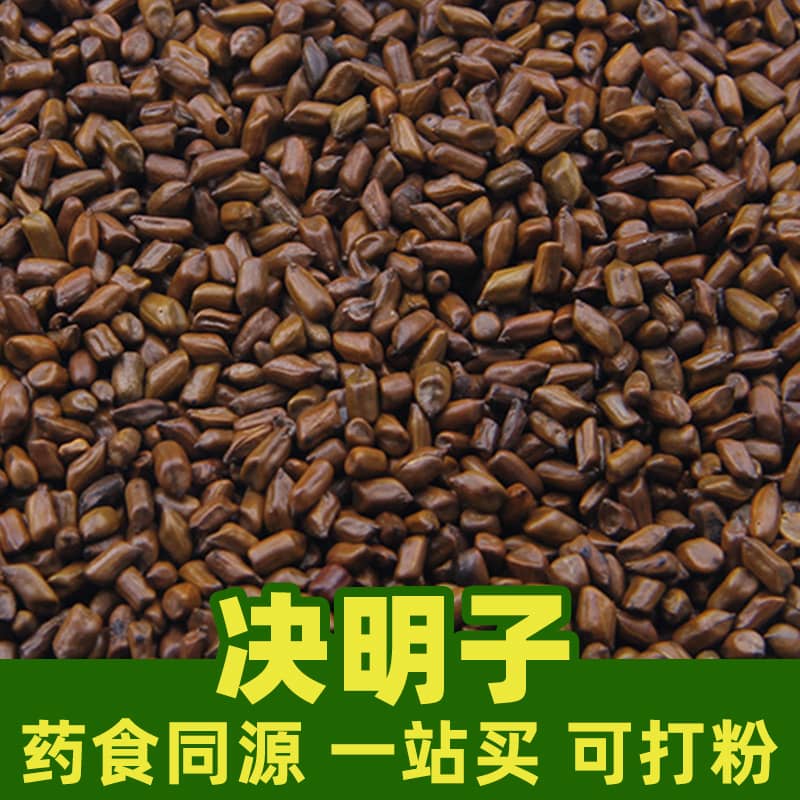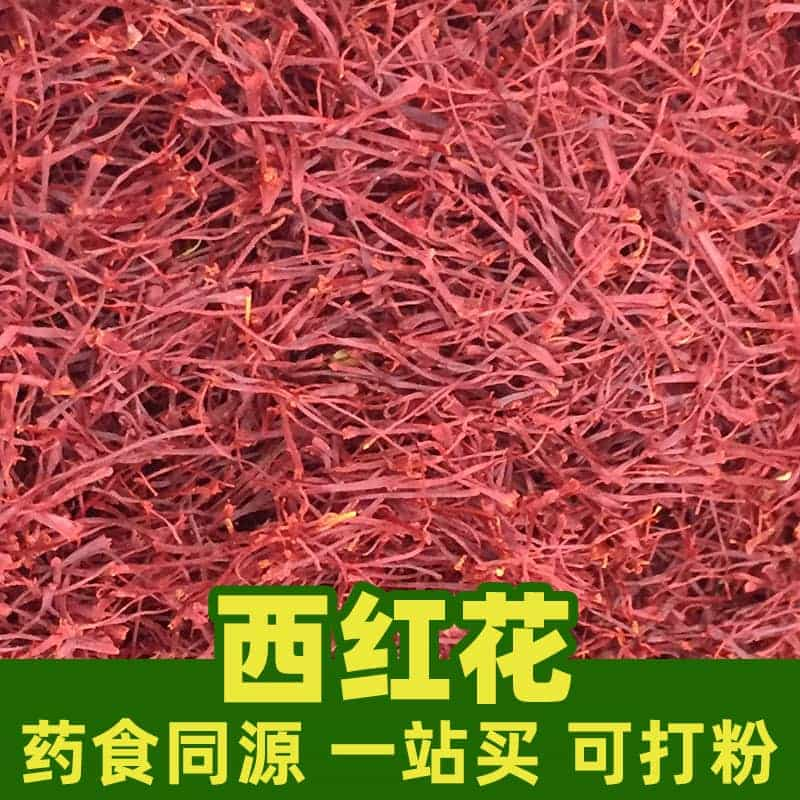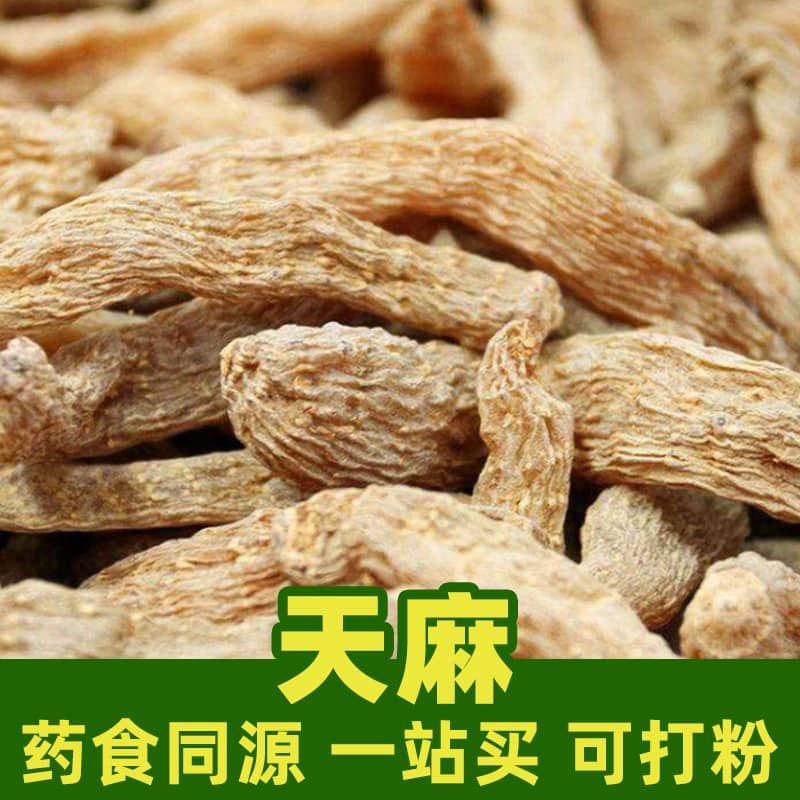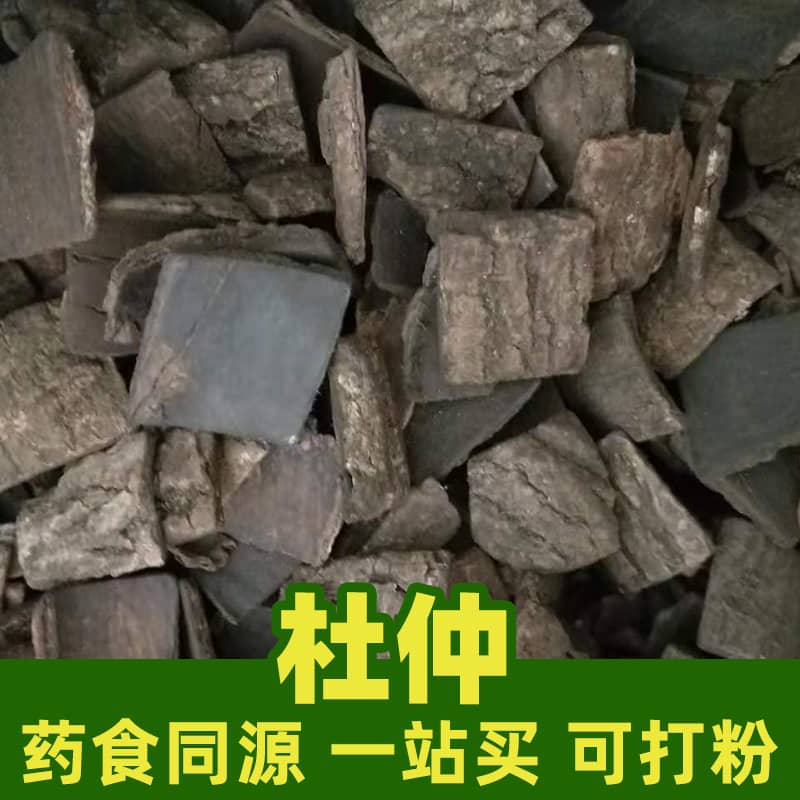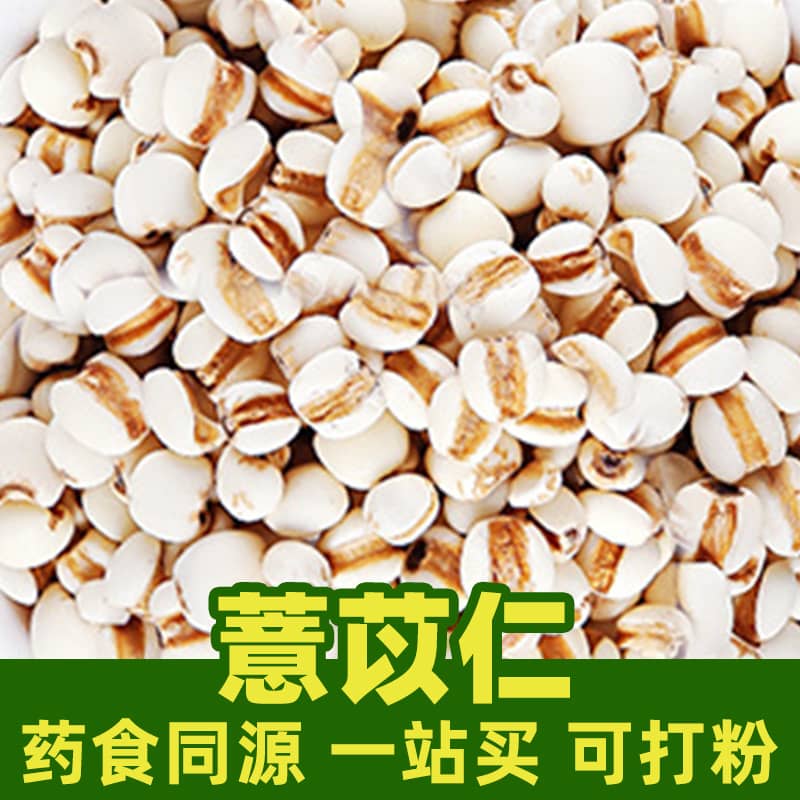Product Introduction
Rapeseed, also known as radish seed, is a small, round seed packed with nutrients. Despite its size, it offers a range of health benefits. Rich in proteins, vitamins, and minerals, rapeseed is a versatile ingredient used in both culinary and medicinal applications.
In traditional Chinese medicine, rapeseed is known for its ability to aid digestion, relieve pain, and promote urination. Its pungent flavor adds a unique taste to various dishes, making it a popular choice for pickling and seasoning.
Main Active Ingredients
The primary active components in rapeseed include proteins, fats, fiber, and a variety of vitamins and minerals. These nutrients play crucial roles in maintaining overall health, supporting the immune system, and providing energy.
Product Applications and Usage
Rapeseed is commonly used as a spice in:
- Pickled vegetables: Rapeseed adds a tangy flavor to pickled radishes and other vegetables.
- Hot sauces: The pungent taste of rapeseed complements the heat of chili peppers.
- Traditional medicine: Rapeseed is used in herbal remedies to aid digestion and treat various ailments.
Product Source Plant Introduction, Distribution, and Growth Environment
Rapeseed comes from the radish plant, a common vegetable grown worldwide. It thrives in a variety of climates and soil conditions.
Harvesting, Processing, and Storage
Rapeseed is harvested when the pods of the radish plant are fully mature. The seeds are then extracted, cleaned, and dried. To preserve the quality and flavor of rapeseed, it should be stored in a cool, dry place in an airtight container.
Monica Sun is a seasoned expert in the natural raw materials industry, with over a decade of experience specializing in traditional Chinese medicinal herbs, spices, and fungi. She is skilled in the sourcing, processing, and application of these materials, emphasizing sustainability and innovation. Monica Sun has contributed to the development of high-quality natural raw materials that serve as essential components in functional foods, pharmaceuticals, and cosmetics, delivering tailored solutions to meet diverse market needs.









